#emilija škarnulytė
Text

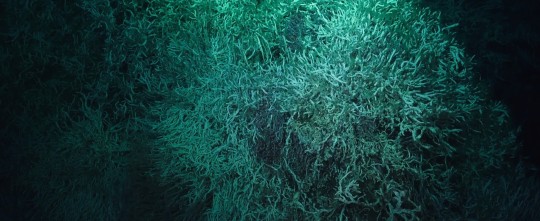

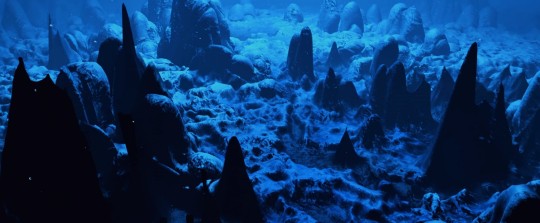
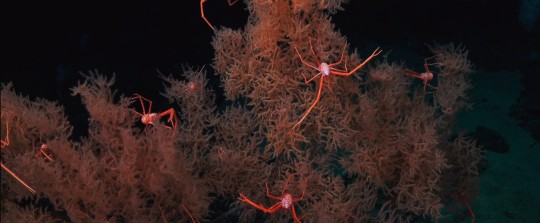
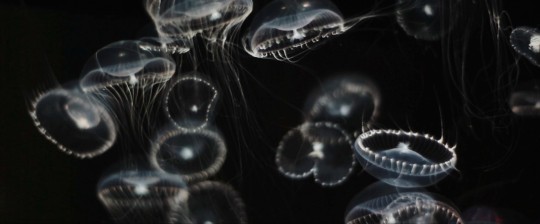
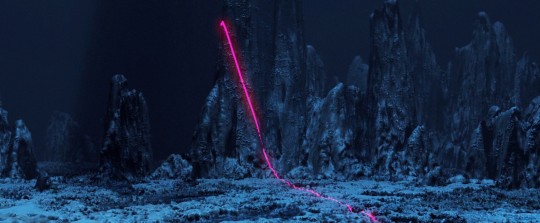

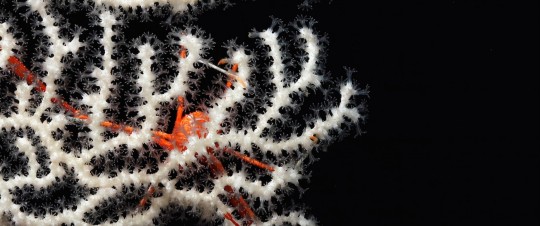

Aphotic Zone (2022), dir. Emilija Škarnulytė
#film#cinema#Lithuanian film#Lithuanian cinema#short film#documentary#aphotic zone#emilija škarnulytė
51 notes
·
View notes
Text
youtube
Emilija Škarnulytė, Sirenomelia, 2018. Film, HD, 11 min
0 notes
Photo
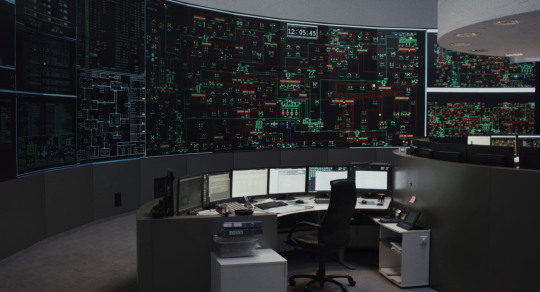

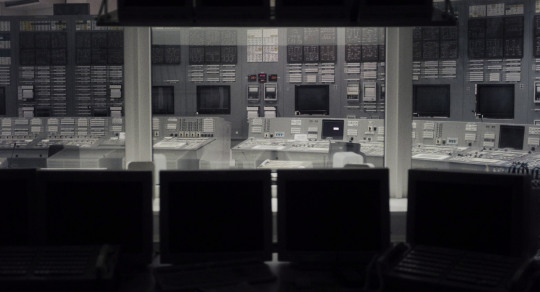


Kapinynas (Burial), 2022. dir. Emilija Škarnulytė
1 note
·
View note
Photo

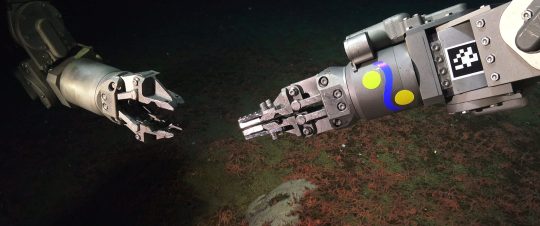
Aphotic Zone (2022) Emilija Škarnulytė
February 12th 2023
3 notes
·
View notes
Text
Burial review – deep dive into underworld of nuclear power and its toxic legacy
Phuong Le
Emilija Škarnulytė’s hypnotic documentary zooms into the science of uranium and radioactivity, as well as cold war politics.
Occupying the liminal space between a geological excavation and speculative realism, Emilija Škarnulytė’s hypnotic documentary effortlessly moves between the micro and the macro. Zooming into a 3D-configuration of uranium ore, the film’s opening cuts to…
View On WordPress
0 notes
Text
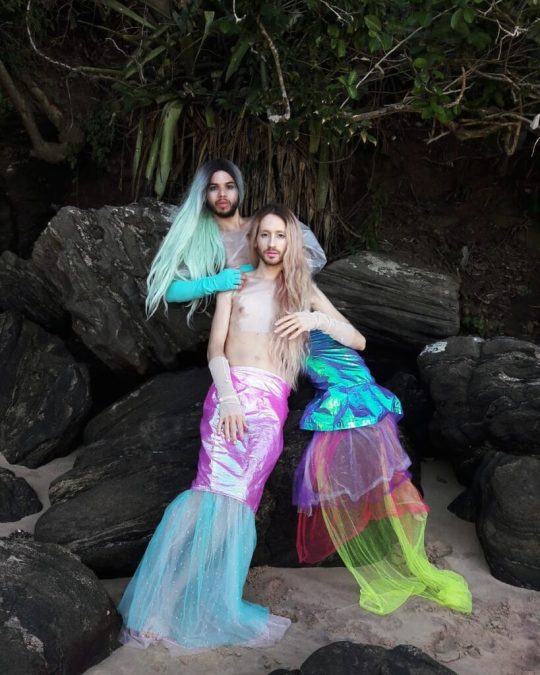
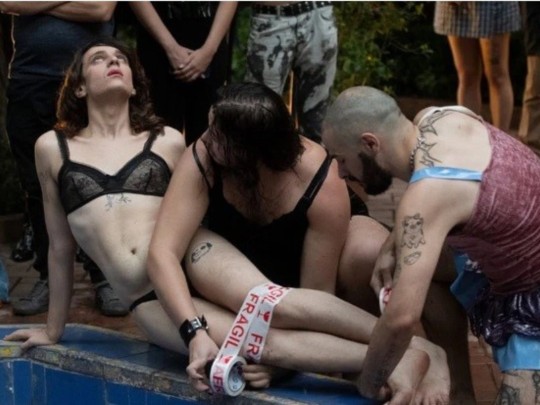

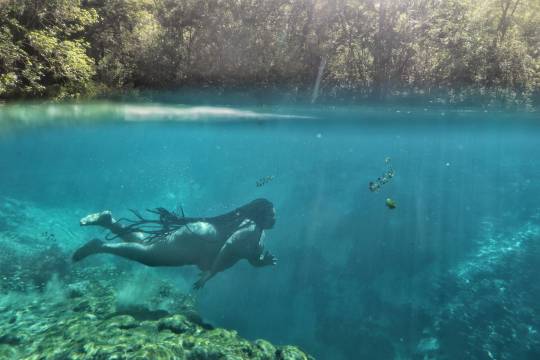
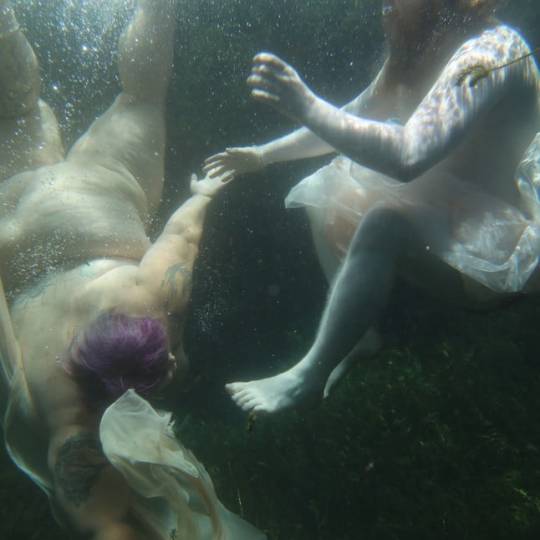

“El océano es sonido. El océano es transmisión. El océano es cósmico. La sirena representa la magia y el misterio de la mecánica cuántica: es posible que veas su lado humano y parece sencilla, o al menos tan sencilla como el resto de nosotrxs, pero sumérgete bajo la superficie y descubrirás que ella vive en parte en este extraño y misterioso mundo enredado.”
Emilija Škarnulytė ( Lituania, 1987) Artista y cineasta.
0 notes
Text
Initial Idea
When thinking about common themes in previous projects I realised my main inspirations are nature and the horror genre. Upon discovering this I started to think about horror in nature. I could not get the image of an angler fish out of my head.
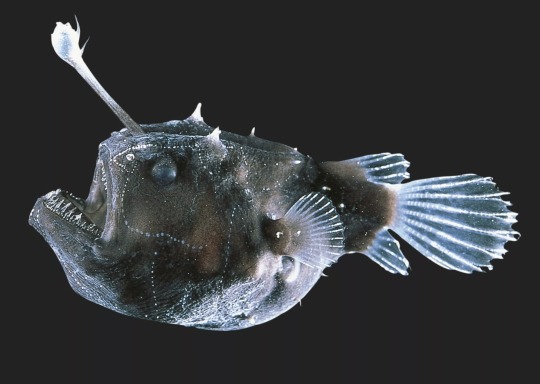
I have decided to make an installation inspired by these creatures of the deep. The installation will consist of a hanging structure somewhat echoing an angler fish. I would like to add a translucent fin to the structure as it is my intention to experiment with light and the casting of shadows upon a number of walls/surfaces. This creepy fish is a horror in nature in my opinion.

One of the angler fishes defining features is its rod and lure protruding from its forehead. This feature is what tempts its prey into its jagged teeth using a tiny glowing bacteria called Photobacterium. I intend to use this small glow as inspiration for the way I plan to cast light across, and potentially through, the structure.
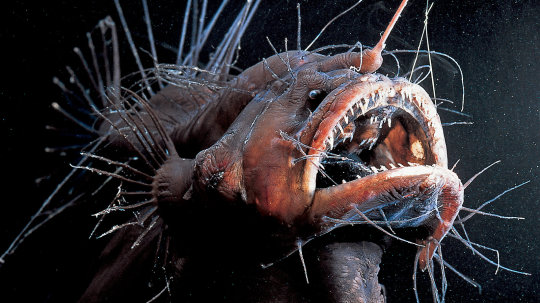
Textures will play a vital role in this installation too. By putting a texture onto the sculpture it will distort and disfigure the projections further. I also am considering using multiple structures to make the disfigurement more extreme.
To encourage idea development I plan to do research on characteristics of the Angler fish alongside relevant artist research. One artist I have begun investigating is Lithuanian artist Emilija Škarnulytė and her exhibition "Aphotic Zone". In this exhibition she considers space and time in relevance to dark oceans and the effects of climate change and economic extractivism. Škarnulytė considers many of the themes and ideas I also intend to experiment with, Škarnulytė's work is deeply critical of human greed and scientific research and how it can damage environments and ecosystems. I plan to utilise this new knowledge in combination with relevant research into the creature itself to produce a piece that I have leant from and engaged with on a new level. This research will include considering the zone of sea depth they thrive in, their eating habits and their adaptations, considering how each of these affect them and inform their character profile.
The atmosphere in the room will be eerie with a sense of awe and fear being emitted by the audience. To do this I plan to use multiple projectors displaying abstract imagery of the sea and dark blue and murky green hues to suggest the murky depths of the sea. I would also like to use imagery from a scratched up and coloured over 16mm projection experiment of water or water and wave inspired footage. The main aim is to create a bewildering and immersive installation inspired by creatures of the deep, specifically the Angler fish.
0 notes
Photo
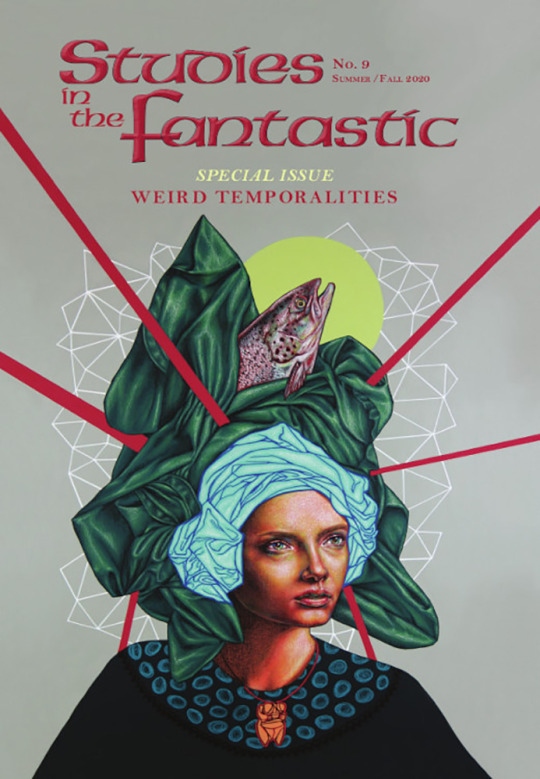
Studies in the Fantastic, No. 9, Special Issue: Weird Temporalities, edited by Sarah Juliet Lauro, guest editors Jordan Carroll and Alison Sperling, University of Tampa Press, Summer/Fall 2020. Cover art by Aneka Ingold, info and free version: muse.jhu.edu.
Studies in the Fantastic is an academic journal publishing refereed essays, informed by scholarly criticism and theory, on both fantastic texts and their social function. Although grounded in literary studies, it also publishes articles examining genres and media that have been underrepresented in humanistic scholarship. Its subjects include weird fiction, science fiction, speculative fiction, fantasy, video games, architecture, science writing, futurism, and technocracy.
Contents:
Guest Editors’ Introduction: Weird Temporalities – Jordan S. Carroll and Alison Sperling
Xenological Temporalities in the Search for Extraterrestrial Intelligence, Lovecraft, and Transgender Experiences – Adriana Knouf
What is the Future? Weirdness and Black Time in Sorry to Bother You – Stefanie K. Dunning
It Might Have Been a Million Years Later: Abyssal Time in William Hope Hodgson’s Weird Fiction – Tim Murphy
The Weird Time of Fossils: Irrational Ontologies – Bethany Doane
Slow Burn: Dreadful Kinship and the Weirdness of Heteronormativity in It Follows – Tyler Bradway
A Museum, like a Tomb, is a Whole Theatre of Weird Temporality: an interview with Sofia Samatar – Andy Hageman and Sofia Samatar
Reviews
The Promise of Prose: Richard Stanley’s The Color Out of Space and Film Absorption – Donald L. Anderson
Saving the Future by Tidal Pool Rules: A review of Jeff VanderMeer’s Dead Astronauts – Katherine Buse
A review of Jonathan Newell’s A Century of Weird Fiction, 1832–1937 – W. Andrew Shephard
Archaeologies of the Future: A review of Emilija Škarnulytė’s t 1/2 – KT Thompson
Notes on the Contributors
3 notes
·
View notes
Photo
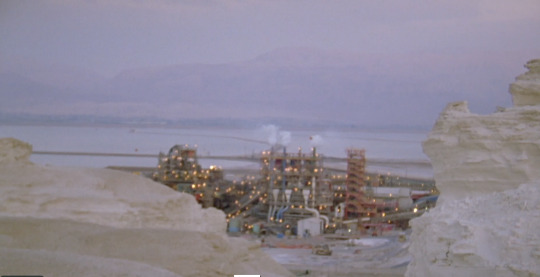
Emilija Škarnulytė
https://vimeo.com/emilija/videos
2 notes
·
View notes
Quote
Hold your breath. Drop. Dive. Open your eyes. Leave your body at the surface. You are now all eye, like a drill; all tail, like a fish. What are you trying to extract, to mine from your cool liquid entry? You pass, cool as a camera with your lens of language, through dry corridors of nuclear seas, liquid hallways of sunken cities, strange scaffolding of deep-sea mining, sculptural figures of destroyed empires. Your dry eye reaches for: Mosaics of the sea floor or mosaics of the control room; a body slithering, snakelike, over its nuclear control panels. Elsewhere, in another deep, jellyfish are loose and luminescent and labouring as flowers articulating the black. Architectures rise like language inside you, lean and lucid or marmoreal and voluptuous, each writ across the wet pages of southern bodies of water, dry pages of northern bodies of tundra.
Emilija Škarnulytė: Sunken Cities - Announcements - e-flux
1 note
·
View note
Photo
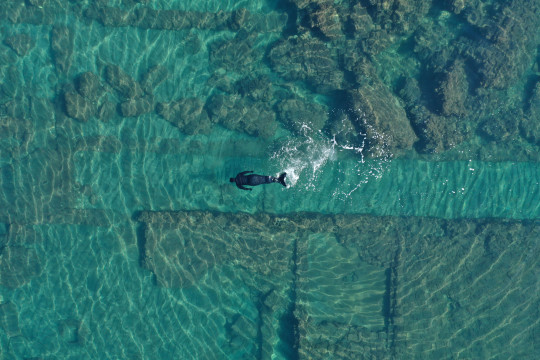
Emilija Škarnulytė, Sunken Cities, 2021. Film. Courtesy of the artist.
1 note
·
View note
Video
youtube
Emilija Škarnulytė
https://www.emilijaskarnulyte.com/works
0 notes
Photo
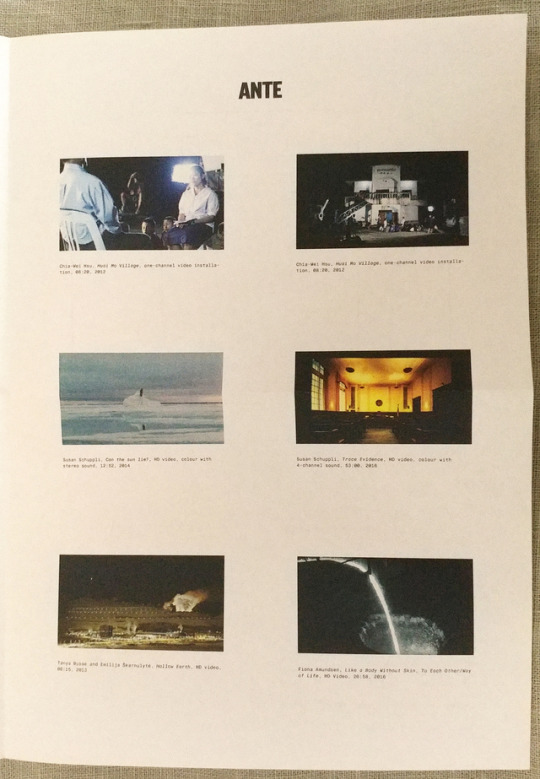



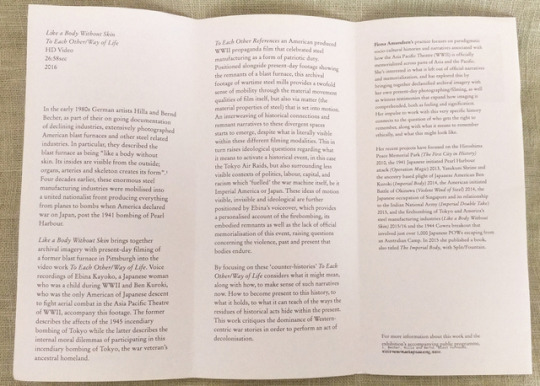
gallery notes from Ex-ante
Fiona Amundsen, Tanya Busse and Emilija Škarnulytė, Seamus Harahan, Chia-Wei Hsu, Susan Schuppli
ARTSPACE, Auckland
Curated by Remco de Blaaij
October 27 – December 22, 2017
[pictured video stills from Schuppli’s Can the Sun Lie?]
“Utilising observation, forensic, and analytical strategies, the work of six artists offer cinematic approaches to capturing community-based realities. Through their exhibition, and a series of reading groups and events, Ex-anteis interested in tying stories and storytelling from the Canadian North, Northern Europe, the Asia-Pacific region, and Aotearoa.
Publicly asking how these works negotiate conflicts of nature, law, politics, and materials, this exhibition suggests that inabilities to respond to and to produce ‘truth’ belong also to the domain of image-making.
New regimes of images find their way into our courtrooms, at first adding an unusual break into the perceived truth of law. The image’s performative tactic can give form to the identity of stories from communities that might otherwise not surface into public knowledge. Stripped of its observational power, the image loses clear connection to a single reality.
These are some of the attitudes employed to signal a shifting need for the undermining of the historical event, its claim to the truth, and the position from which it is told. How is the image and imagination involved in this? Can we speak before our turn? How to offer a reality before the event? Ex-ante focuses on the role of images in our world, arguing that we need not speak to truth —either ‘post’ or ‘pre’—nor the image perform it. Instead, the exhibition advocates for the imaginative and speculative role of the image when it is set to work on the present. It tries to understand how we might be complicit in the production of our own realities, truths, or futures. How not to forecast, but to see, before the event?”
1 note
·
View note
Video
vimeo
Screen City Biennial (SCB) in Stavanger, is the first Nordic Art Biennial dedicated to the expanded moving image. It presents artworks that explore the relation between image, sound, new technologies, public and digital spaces. The architecture of the Norwegian port city Stavanger facilitate an exhibition of new formats and the use of moving image in contemporary artistic practices. Participating artists: Richard Alexandersson (SE) /Jonathas de Andrade (BR) / Band of Weeds (FI) / Andrés Bedoya (BO) / Ursula Biemann (CZ) & Paulo Tavares (BR) Sissel M. Bergh (NO) / Vincent Carelli (FR/BR) / Marjolijn Dijkman (NL) and Toril Johannessen (NO) / Saara Ekström (FI) / Flatform (IT) / Ximena Garrido-Lecca (PE) / Mai Hofstad Gunnes (NO) / Laura Huertas Millán (CO)/ Mikhail Karikis (GR/UK) / Tove Kommedal (NO) / Jakob Kudsk Steensen (DK) / Tuomas A. Laitinen (FI) / Michelle-Marie Letelier (CL) / Michelle-Marie Letelier (CL) & Kalma (SP) / Kristina Õllek (EE) / Enrique Ramírez (CL) / Oliver Ressler (AT) / Luis Roque (BR) / Momoko Seto (JP) /Emilija Škarnulytė (LT) / Andrew Norman Wilson (US) This year the Biennial, curated by Daniela Arriado and Vanina Saracino, sets out to present, facilitate and examine art and artistic inquiry that raises questions of how human action affects the ecologies with which it is implicated. With the theme, Ecologies – lost, found and continued, the biennial engages a post-anthropocentric worldview: it searches for ecologies that may be ‘lost’ to the dominant imaginary of the modern, rationalized Western society and found in what by some is considered to be the periphery of this. Anthropocentric theories have highlighted how the human being is the central agent to environmental transformation. World views guided by dualisms between concepts such as "nature—culture" and a sense of distance between humans and our environments have informed our paths of evolution and innovation—and brought our ecosystems into a state of imbalance. In the Nordic context, a growing attention to environmental thinking and dark ecology in artistic discourse mirrors a global acknowledgment and urgency of the need to rethink the human place in the biosphere and how we are connected to the world. SCB 2019 commissioned new works to Emilija Škarnulytė (LT), Saara Ekström (FI), Tuomas Aleksander Laitinen (FI), Michelle-Marie Letelier (CL), Enrique Ramírez (CL) and the Band of Weeds (FI). The Biennial will use Stavanger harbor’s architectonic positioning in the Nordic landscape to present a broad range of international artists working in the fields of moving image and expanded video and film, augmented and virtual reality, audiovisual, performance and installations. The SCB Journal coincides with public program events and intersects with the online program. The complete program of lectures, screenings and online works will be announced on our website. For more information about the program and events during the opening weekend: 2019.screencitybiennial.org (https://ift.tt/2ZfojN6) Visit For more information on the location and visiting information, go to https://ift.tt/2HmzxJo For professional accreditation (press, art professionals, students), please apply before September 1st here (https://ift.tt/2HmzxJo) Follow us: Facebook (https://ift.tt/2ZiTabx) Instagram (https://ift.tt/2Hlvm0s) Opening weekend event: https://ift.tt/2ZeSZhq Contact: [email protected] Press inquiries: [email protected] Website: 2019.screencitybiennial.org (https://ift.tt/2ZfojN6) journal.screencitybiennial.org (https://ift.tt/2HjpDbJ) Address: Screen City Biennial /Art Republic AS Stavanger Sentrum, Byen, Søregata 30 4006 Stavanger, Norway Screen City Biennial is produced by Art Republic Norway
0 notes
Text
MARGUERITE HUMEAU Future Generation Art Prize Venice 2019
The PinchukArtCentre and Victor Pinchuk Foundation present works by 21 young artists across 17 countries, shortlisted for the 5th edition of the Future Generation Art Prize - the global art prize for artists aged 35 or younger. Established in 2009, 2019 marks the 10th anniversary of the prize's founding.
An official Collateral Event of the 58th International Art Exhibition – La Biennale di Venezia, the show will be on view at the Palazzo Ca' Tron from 11 May until 18 August 2019. The 21 exhibited artists, chosen from amongst 5,800 entries, include the winner of the Future Generation Art Prize 2019, the Lithuanian artist Emilija Škarnulytė, and the winners of the Special Prize, Gabrielle Goliath (South Africa) and Cooking Sections (UK).
In addition there will be new work by the other shortlisted artists, inluding: Monira Al Qadiri (Kuwait), Yu Araki (Japan), Korakrit Arunanondchai (Thailand), Kasper Bosmans(Belgium), Madison Bycroft (Australia), Alia Farid (Kuwait), Rodrigo Hernández (Mexico), Laura Huertas Millán (Colombia), Marguerite Humeau (France), Eli Lundgaard(Norway), Taus Makhacheva (Russia), Toyin Ojih Odutola (Nigeria), Sondra Perry(United States), Gala Porras-Kim (Colombia), Jakob Steensen (Denmark), Daniel Turner(United States), Anna Zvyagintseva (Ukraine) and artist collectives Basel Abbas and Ruanne Abou-Rahme.
The exhibition showcases existing works as well as new site specific pieces by the shortlisted artists which engage with the Palazzo Ca' Tron and its history. Many of the works question the interpretation of knowledge, leading us towards a suggested model of a future archaeology or an archaeology of the future. How will the present day be perceived 100 or 1000 years from now? What might humanity look like? How will the world be experienced?
(extract from new.pinchukartcentre.org)

(photo from new.pinchukartcentre.org)
0 notes
Text
0 notes